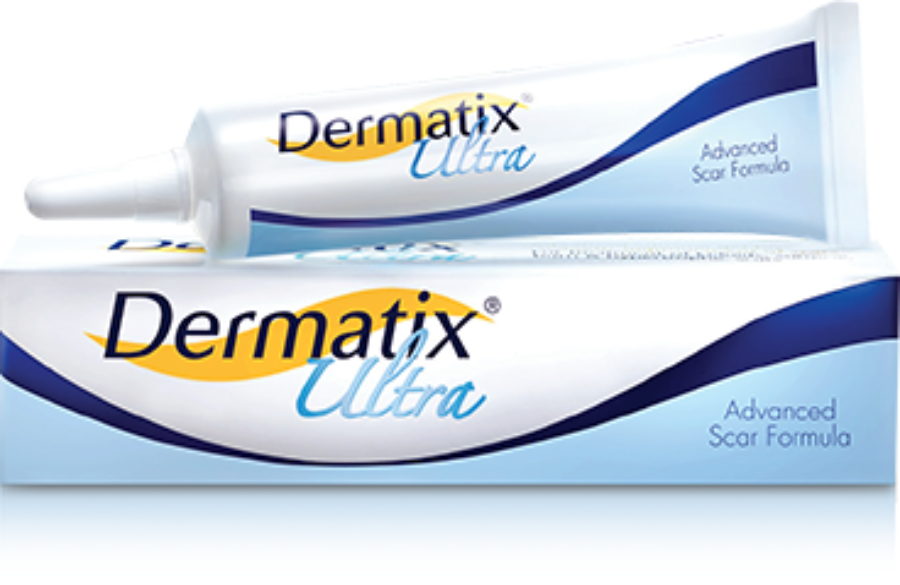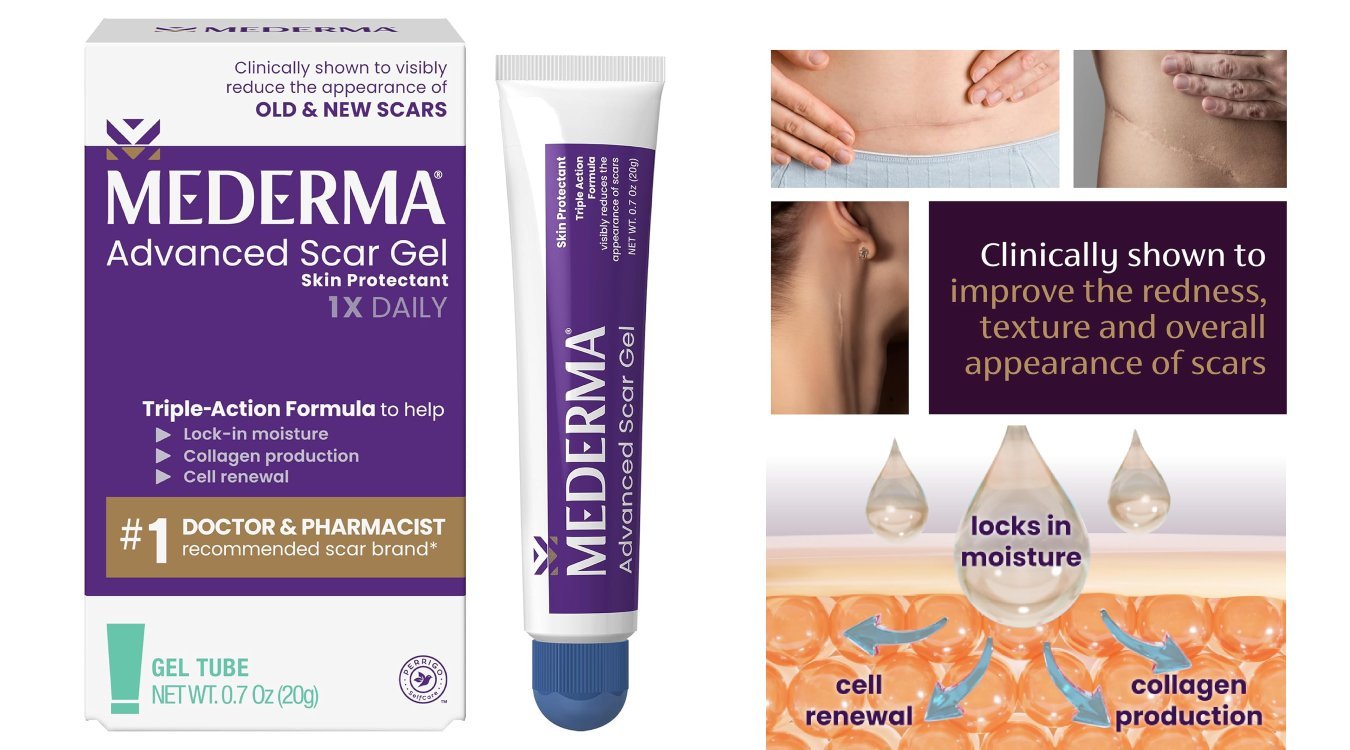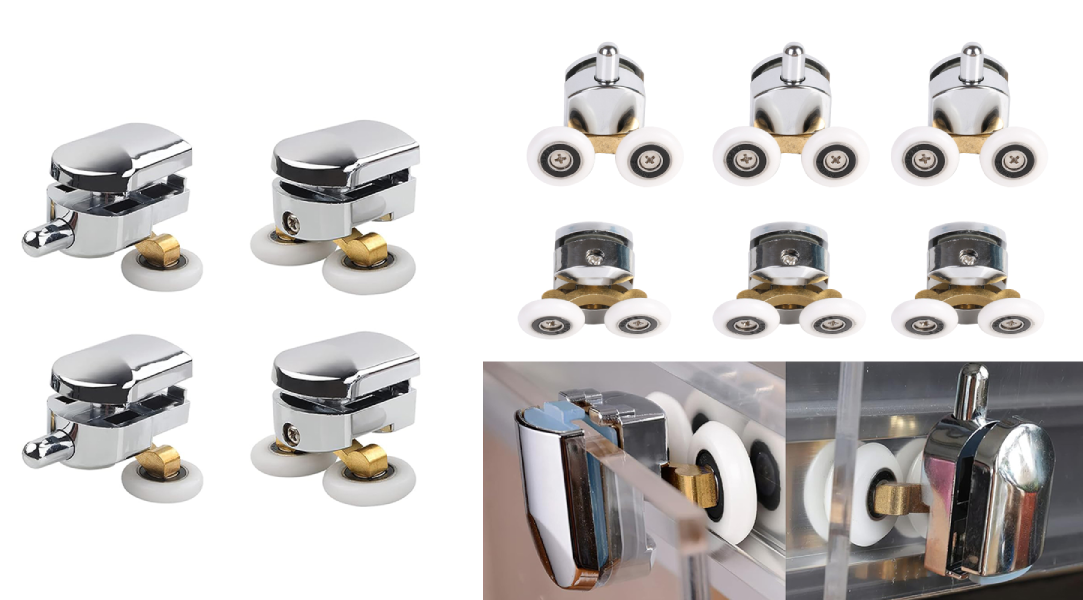Scars can feel like stubborn reminders we didn’t ask for. They may follow us after acne breakouts, surgery, or even burns. While scars are natural and nothing to be ashamed of, it’s also true that many people wish they were less visible. That’s why treatments like Dermatix silicone gel have gained so much attention.
Unlike regular creams that only moisturize, Dermatix scar gel is formulated with silicone—an ingredient proven to make scars softer, flatter, and less noticeable. But how exactly does it work, and more importantly, how should you use it to see real results?
Let’s dive in step by step.
What Exactly Is Dermatix Silicone Gel?
Think of Dermatix as a skin-friendly shield. It’s a transparent, quick-drying gel made primarily of medical-grade silicone. When you apply it to a scar, it forms a thin, breathable layer over the skin. This “invisible film” does more than just cover—it actively works to:
- Keep the scar tissue hydrated.
- Prevent excess collagen buildup.
- Protect the scar from bacteria and further irritation.
The result? Over time, scars gradually look smoother, softer, and less pigmented.
One of the best parts is how practical it is. Unlike silicone sheets that may peel or feel bulky, Dermatix scar gel blends seamlessly into daily life. You can put it on in the morning, let it dry, and even apply makeup or sunscreen over it without any issue.

Why Silicone Is So Trusted in Scar Care
Before we dive further, let’s pause and answer a simple question: why silicone?
Silicone has been a gold standard in scar management for decades. Surgeons, dermatologists, and burn specialists have long recommended it. That’s because silicone works on the healing process itself rather than just covering the skin.
Here’s how it helps scars improve:
- Hydration balance – scars often lose water faster than normal skin. Silicone locks in just the right amount of moisture.
- Collagen regulation – too much collagen makes scars thick or raised. Silicone helps balance collagen production.
- Barrier protection – silicone shields scars from bacteria and irritants.
Because of these benefits, silicone is often suggested right after stitches are removed or wounds heal. Dermatix silicone gel simply makes this proven science more convenient.
Not All Scars Are the Same: Know Your Scar First
Here’s where many people get confused—scars are not one-size-fits-all. Using the right product for the right scar type is what really makes the difference.
- Acne scars: These can be flat, red, or slightly raised. Dermatix can calm acne-related redness and smooth the texture, though it won’t fill deep pitted scars.
- Surgical scars: From C-sections, knee surgeries, or mole removals, these scars are often raised or firm. Dermatix helps flatten and soften them.
- Burn scars: Burns may leave behind thick, discolored scars. Consistent use of silicone gel can make them more flexible and less visible.
- Keloid and hypertrophic scars: These scars grow beyond the wound area and are often itchy or uncomfortable. Dermatix won’t “cure” them but can reduce their thickness and relieve discomfort.
So before applying Dermatix scar gel, ask yourself: what kind of scar do I have? Knowing this will help set realistic expectations.
Step-by-Step: How to Use Dermatix Silicone Gel Properly
Using Dermatix isn’t complicated, but technique matters. Here’s how to get it right:
- Start with clean skin – Wash the scar area gently with mild soap and pat it dry.
- Apply a pea-sized amount – You don’t need much. A thin layer is enough to cover most small scars.
- Allow it to dry – Within 4–5 minutes, it forms a protective, invisible film.
- Reapply twice a day – Morning and night use gives the best results.
- Stay consistent – That’s the golden rule. Scars fade slowly, so patience is key.
Pro tip: If the scar is in a place where clothing rubs (like the waist or shoulders), let the gel dry completely before dressing. This prevents transfer and ensures effectiveness.

Real Benefits You Can Expect from Dermatix
Many people try scar gels with high hopes, and sometimes disappointment follows if they don’t see overnight changes. With Dermatix silicone gel, the benefits are real but gradual. Here’s what you can expect:
- Softer scars – That hard, raised texture gradually feels smoother.
- Flatter scars – Over time, scars may become level with the surrounding skin.
- Reduced redness – The angry pink or red color fades into a lighter tone.
- Less itchiness and tightness – Especially useful after fresh surgeries.
Even more importantly, the emotional benefit matters: when scars stop drawing attention, confidence comes back.
How Long Before Results Show?
Here’s the honest truth: scars are stubborn. No product, not even Dermatix scar gel, works instantly.
- For new scars: noticeable changes often appear in 8–12 weeks.
- For old scars: it can take 3–6 months of consistent use.
The key is not to stop too early. Many users quit after two weeks, thinking it isn’t working, but silicone works best when given time.
Dermatix Silicone Gel vs Silicone Sheets
Another common question is whether gel or sheets are better. The answer depends on your scar.
- Silicone sheets: Better for large, flat scars (like after surgery). They cover a wide area but can be uncomfortable on moving parts of the body.
- Dermatix silicone gel: Best for everyday scars, small areas, or places like the face and joints where sheets don’t stay in place.
Some people even combine both—using sheets at night and gel during the day for convenience. Choosing the right product depends on the type of scar and treatment method that suits it best.
Safety, Side Effects, and Who Can Use It
One reason Dermatix is so popular is because it’s safe for almost everyone.
- It’s suitable for adults and, with medical advice, often safe for children.
- It can be used on both old and new scars (as soon as the wound closes).
- Side effects are very rare. The most common is mild redness, usually if too much is applied.
Important reminder: Never apply it to open wounds. Always wait until the skin is closed.
FAQs About Dermatix Silicone Gel
- Can I use Dermatix under makeup?
Yes. Once it dries, you can apply foundation, sunscreen, or powder on top. - Does it work on very old scars?
Yes, but the improvement is slower compared to new scars. Patience is important. - Can I use it on my face?
Absolutely. It’s transparent, lightweight, and doesn’t clog pores. - Is it safe for children?
In most cases, yes—but always consult a pediatrician first, especially for large scars. - Does it completely remove scars?
No scar treatment can erase scars 100%. Dermatix makes them softer, flatter, and far less noticeable.
A Friendly Takeaway
Scars may be part of life, but they don’t have to define you. With consistency, patience, and the right treatment, their appearance can improve significantly. Dermatix silicone gel stands out because it’s backed by science, easy to use, and fits into daily routines without hassle.
If you’ve been searching for a treatment that actually works without making big promises it can’t keep, Dermatix is worth considering. It won’t erase every scar, but it can absolutely help you feel more comfortable and confident in your skin.











Leave a Reply